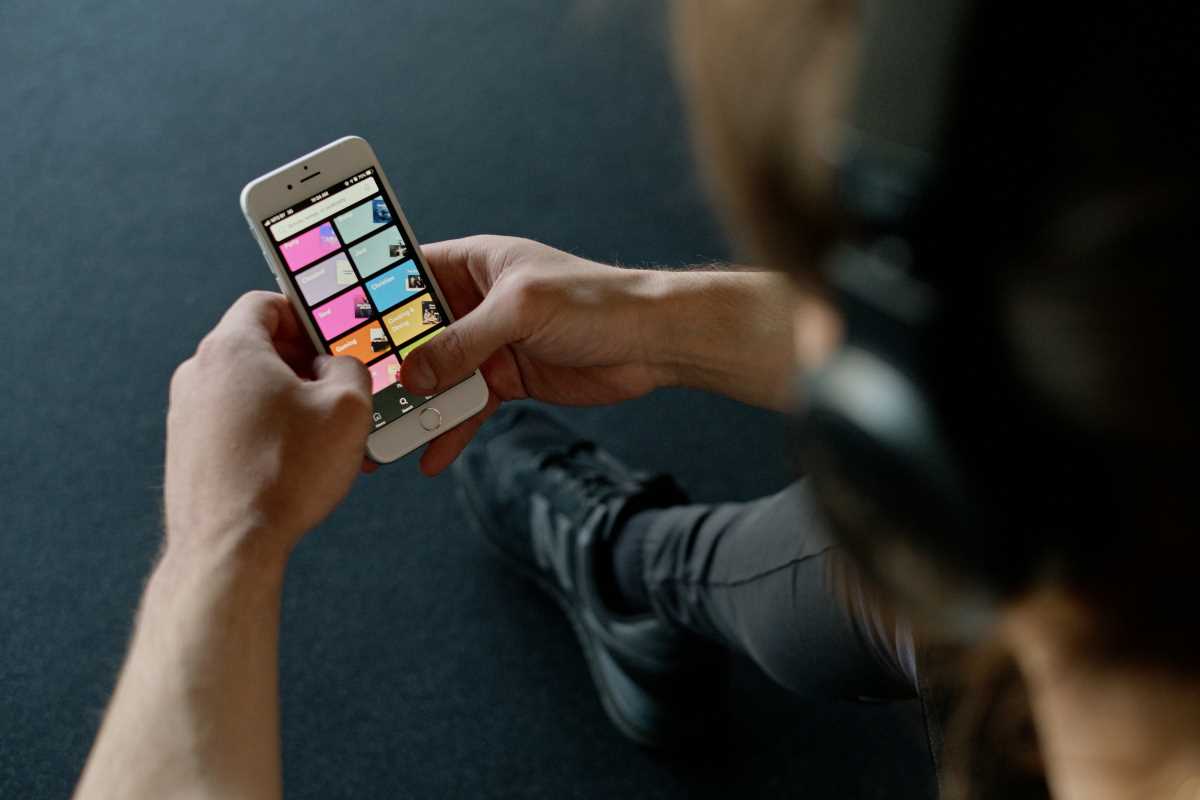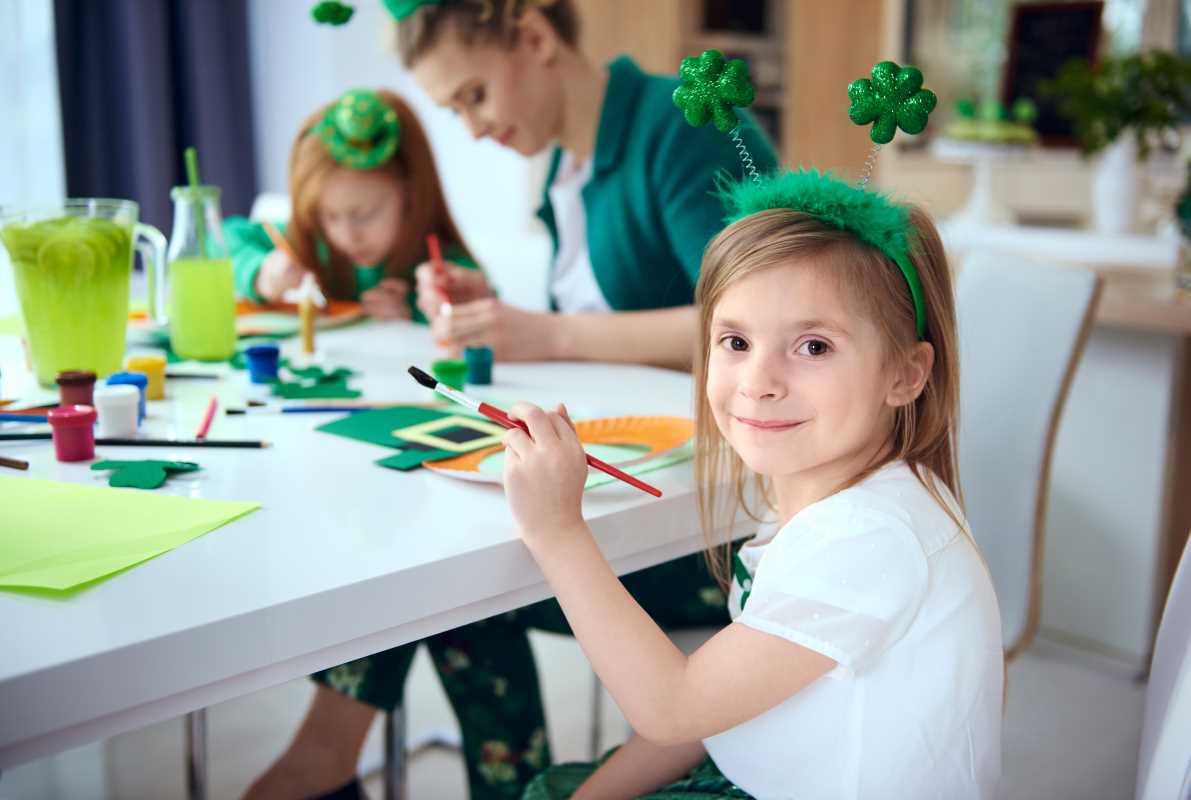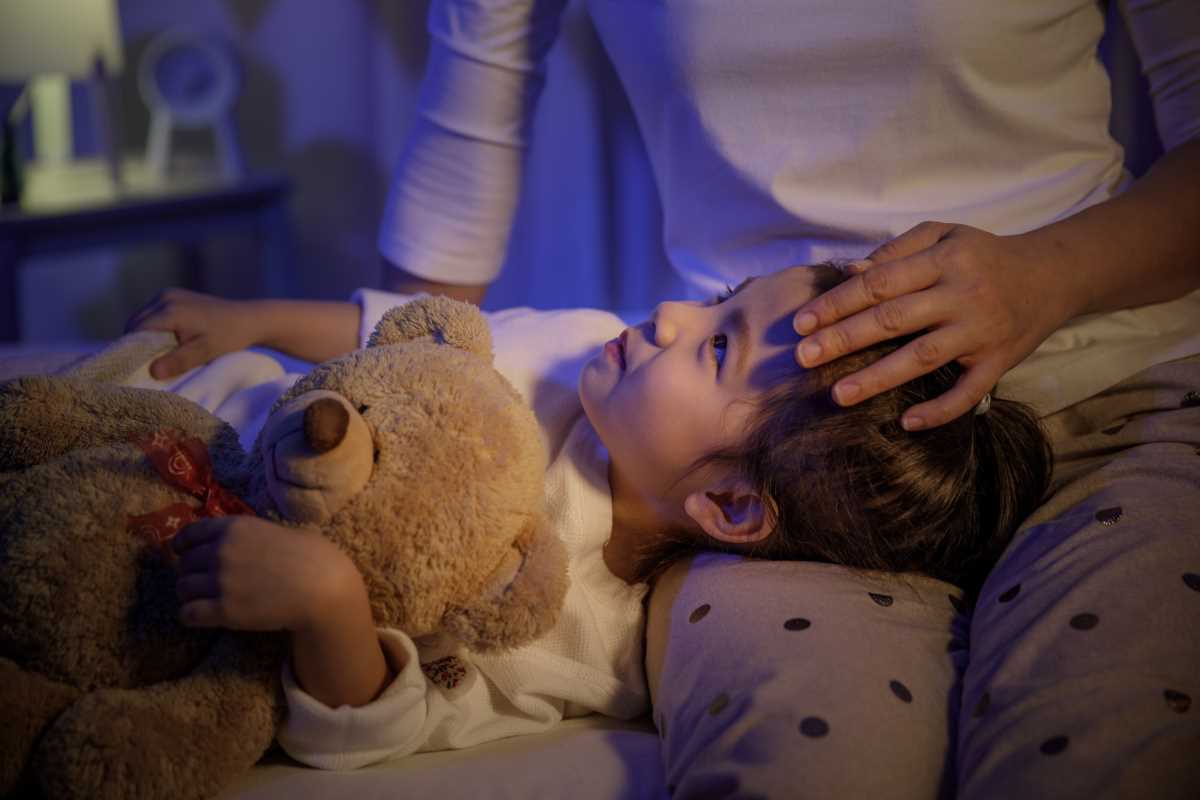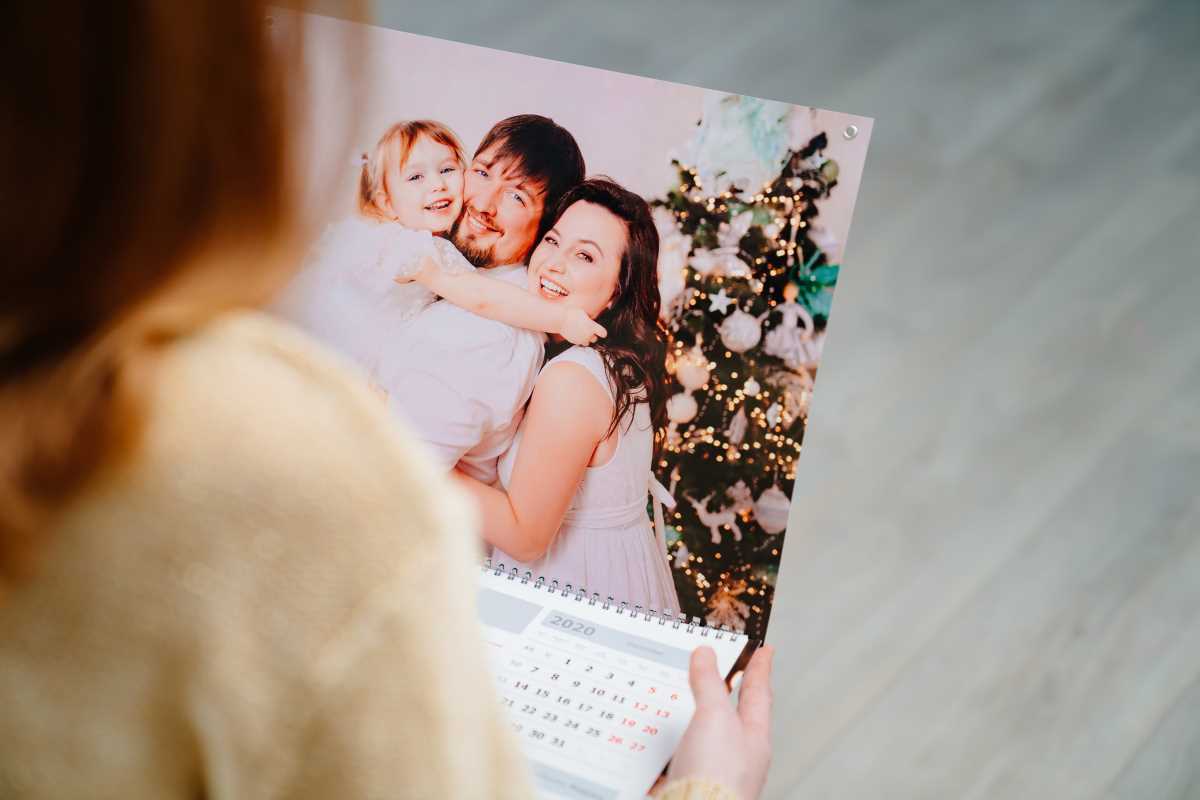Maintaining a clutter-free home with young children can feel like an impossible task at times. But as a veteran father, one can see that young children keep causing new messes with their toys, clothes, and creative projects. Nevertheless, with the right strategies, you can stay organized while maintaining a family atmosphere of comfort and creativity. Here are 11 practical tips for helping families get their act together while still making the house kid-friendly, tension-free, and just plain manageable at least most of the time.
Create Designated Space for Everything
One of the most effective ways to cut down on clutter is to have every item in its own place. This helps children understand how to put things back and makes it much easier to tidy up. Start by organizing toys, books, and other items into categories. For example, use bins or boxes for building blocks, baskets of various shapes and sizes for stuffed animals, and shelves for books. Make sure the organizing solutions are kid-friendly, so children can get at and put things away by themselves. You might even label storage bins with pictures or words, helpful for teaching younger children where their possessions belong.
Involve the Kids in the Process
Instead of trying to deal with clutter on your own, involve your children in the organizational tasks. Even small children can contribute by helping to sort toys, putting away shoes, or folding up tiny clothes. This not only eases the burden for parents but also teaches kids valuable life skills. Make the process fun if possible, turning it into a game—see who can pick up the most toys in a set time or challenge them to pair up socks. The key is to make tidying part of their daily routine and give them the responsibility for keeping their place neat.
Use Multi-Functional Furniture
When you have a whole bunch of kids running around, the lack of space becomes unbearable. Multi-functional furniture can achieve a home both accounted for and child-oriented. Try an ottoman with storage spaces, couches that have built-in storage drawers, or a bed outfitted with shelves for tucking away extra toys, blankets, and seasonal clothing. These items help to minimize the visual clutter while offering a practical storage solution in the bargain. Furniture can be used to create specific areas within a room—reading corner, play corner, or the like—that work well for containing clutter and making cleanup so much more manageable.
Form a Daily Clean-up Habit
One of the best ways to keep clutter down is to always have a daily cleaning plan. Even if it's just fifteen minutes each day in the common area, keep the cleanup regular. Get children used to helping out with chores like wiping down tables, leaving dishes in the sink ready for washing, and putting your children's play areas in order. Pick up this habit early on, and kids will quickly learn to make their own beds, hang up clothes, and even say 'thank you.' The more habitually it is done, the less likely clutter will be accumulated, and a house will keep looking neat with kids in it.
Use Clear Storage Containers
Clear storage bins are an easy way to keep organized with small kids in the house. Unlike opaque containers, clear ones enable both parents and children to see what's inside, making it easier for either group to find what they need. Label each bin with its contents—like "Legos," "Art Supplies," or simply "Sports Equipment" for simple organization. Clear plastic bins stack easily and pack in closets, under beds, or other out-of-sight places, leaving your house looking neat without compromising storage space at all.
Regularly Discard Items
Small children seem to bring more possessions into the house than they actually need. To keep your home free of disorder, it is essential that you regularly get rid of the unnecessary. Set aside time every few months to go through toys, clothes, and books and get rid of what is no longer used. Have a box marked "donate" where good things can be placed, and so give kids some understanding of why other people may need them. Involve the children in this process so they understand what clutter is all about—so later, when they have their own families, unused playthings can be discarded easily. This also provides a sense of temporary accomplishment. Some unused toy is now gone!
Designate a Play Area
To keep the rest of the house clean, give your child a designated place to play. This could be a playroom, part of the living room, or even a small corner in the basement. By allotting children their bit of physical space and resources for playing around with, parents restrict its impact on the whole rest of the house. Encourage your children to keep their toys in this area and lay down rules that everyone knows for play. Cleaning up just one area is far easier than the entire house when things are messy. When kids have a designated play space, it also helps them understand that playtime is supposed to be fun but is accompanied by responsibilities.
Set Up a System for Frequently Used Items
It should be as easy to store toys and other things as it is to reach everyday essentials. Coats, shoes, backpacks, and diaper bags can all find well-defined locations near the door. This makes retrieval simple for everyone who’s leaving the house. At the door, use hooks or cubbies so kids can hang up their coats; bins or trays for their shoes and hats. Having a plan for frequently used items makes a big difference. The home always looks neat and works well to boot. Keep a set of cubbies or hangers by the door for children’s jackets; for shoes and caps, use trays or bins.
An Outbox is Needed for Items in Transition
There are times when things are spread out around the house simply because they are on the move. For example, a jacket may be thrown on the couch to be hung up later, a toy lying in your path as punishment for walking, and is put away next thing as one leaves. Create a "transition box" or an outbox in a central location in the home like the corridor or entryway. This is where things can be set temporarily before they get taken to their association point. When the box is full, take a few minutes each day to go through it and put them back in their rightful spots. This simple step will keep your place neat!
How to Organize Seasonal Items
Seasonal items such as clothing, toys, and Christmas decorations could easily build up when you have children or even near-become utterly cluttered. One effective solution is to store seasonal items in labeled containers and rotate them as needed. During the summer, for example, pack away winter coats, hats, and gloves while unpacking swimsuits and sunscreen when required. Most importantly, this means your house won't be swamped by articles used once a year at best, leaving room for things needed every day. Seasonal toys and outdoor equipment can also be stored in bins or closets during the season. In this way, you're able to make better use of space because children's bedrooms won't be cluttered. If your closet or cupboard is used for many things, this method really organizes your living environment.
Use Vertical Storage
Vertical storage is like a dice tossed at somebody who in darkness could only hear. Make use of wall-mounted shelves, hooks, and pegboards to store things such as backpacks, hats, and accessories. Vertical storage keeps things off of the floor and helps maximize space if your room is small. Besides shelves, hanging organizers or over-the-door racks can provide additional storage for shoes, toys, or places where people might dump their clean clothes after use. By taking advantage of wall space, families can create more play area while still maintaining order.







